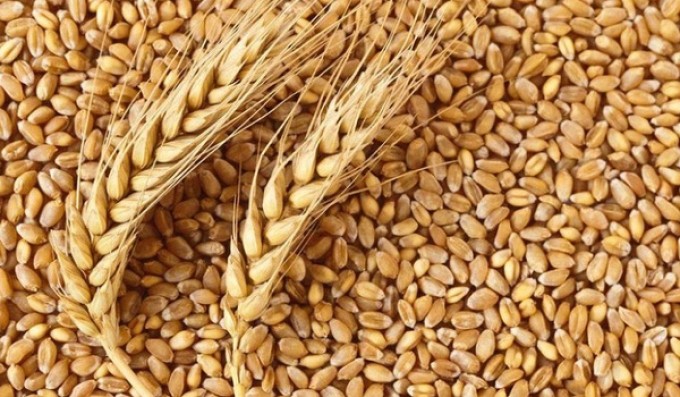
FAO has raised its June forecast for world cereal production in 2025 by almost 14 million tonnes (0.5%) to 2.925 billion tonnes. This would be 2.3% higher than last year and an all-time high, according to FAO’s monthly review.
The forecast has been raised based on improved crop prospects for wheat, maize and rice. World wheat production is expected at 805.3 million tonnes, up 0.9% from a year earlier. In particular, higher wheat yields are expected in India and Pakistan. India’s output is expected to reach a record high.
The forecast for coarse grain production has also been revised up slightly and now stands at 1.262 billion tonnes, up 3.5% from a year earlier. Maize is the main coarse grain crop. A more abundant corn harvest is expected in Brazil than previously expected, and the forecast for its production in India has also been increased. The projected growth more than compensates for the expected decline in production in Ukraine and the European Union.
The forecast for global grain consumption for the 2025-2026 season is 2 billion 900 million tons, which is 0.8% more than the 2024-2025 season. In particular, the growth in consumption of all types of feed grains (barley, corn and sorghum) is expected to reach 1 billion 548 million tons, which is 0.3% more than the 2024-2025 season.
At the same time, the forecast for global wheat consumption in the 2025-2026 season was reduced by 4 million tons compared to June expectations due to a downward revision of the forecast for China (mainland), Morocco and the United States. Despite this, world wheat utilization in 2025/26 is expected to rise by 0.8% from 2024/25.
World cereal trade in 2025/26 is forecast at 486.9 million tonnes, up 1.2% from 2024/25. Of this, wheat trade in 2025/26 (July–June) is expected to be 200 million tonnes, up 4% from last season. FAO has lowered its previous forecast for wheat exports from the Russian Federation. Imports are also expected to decline slightly for China (mainland), Morocco and the United Arab Emirates.